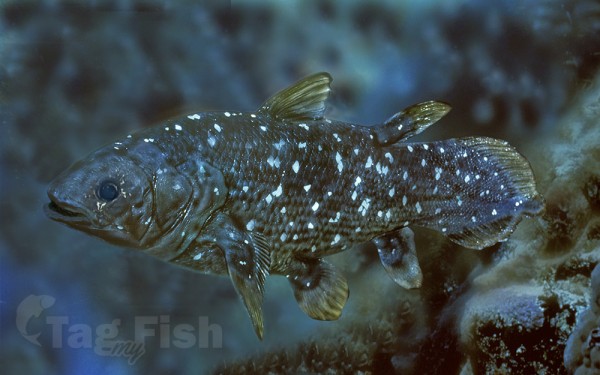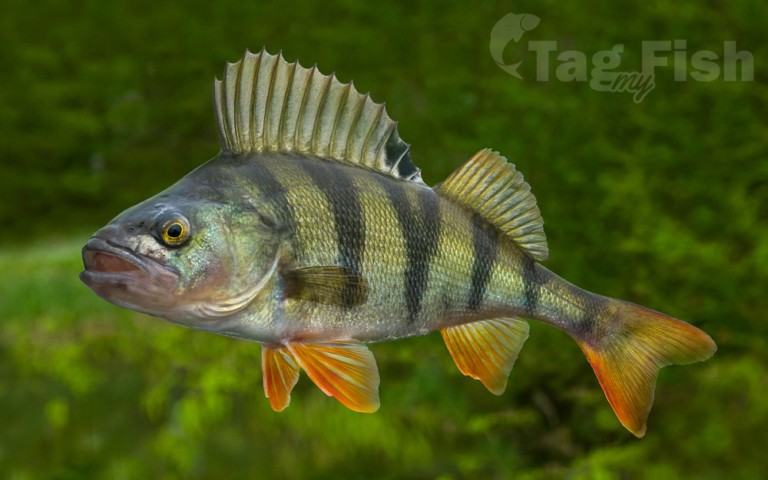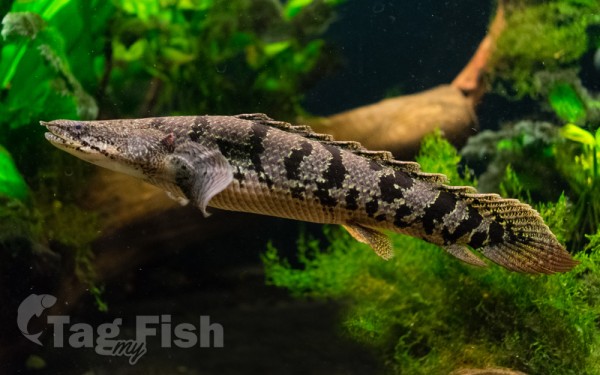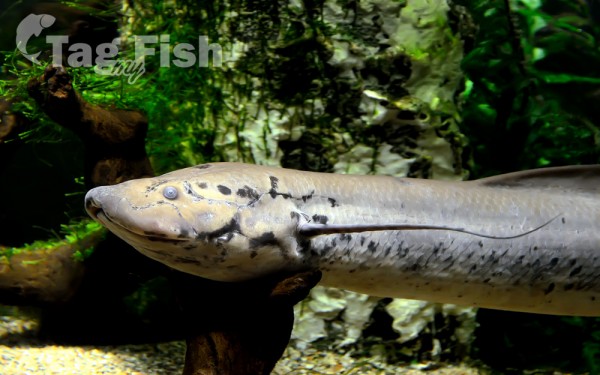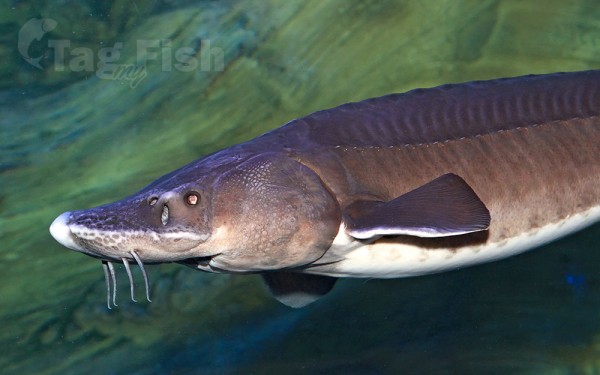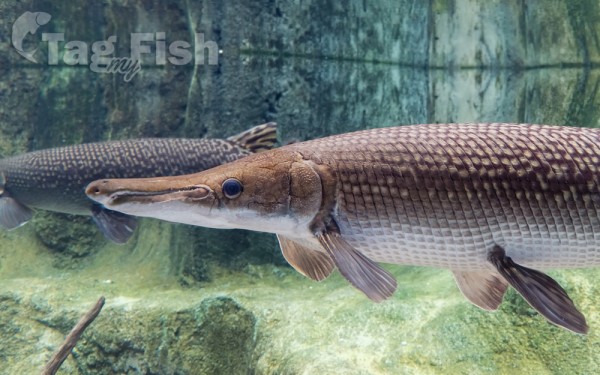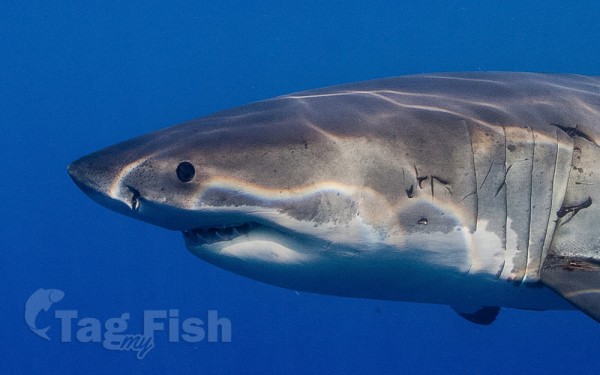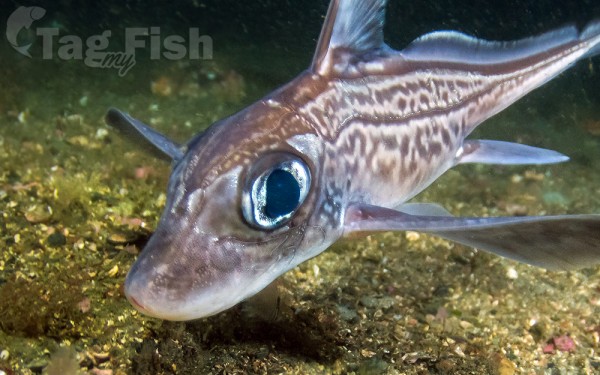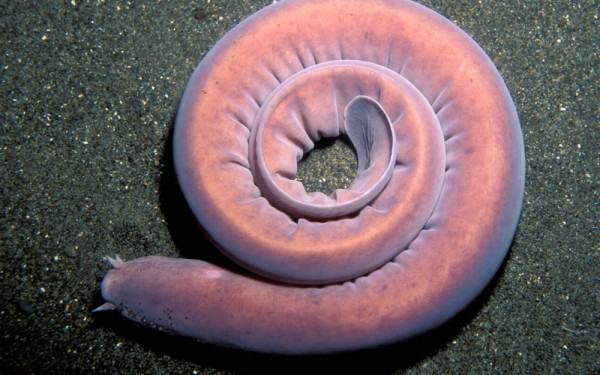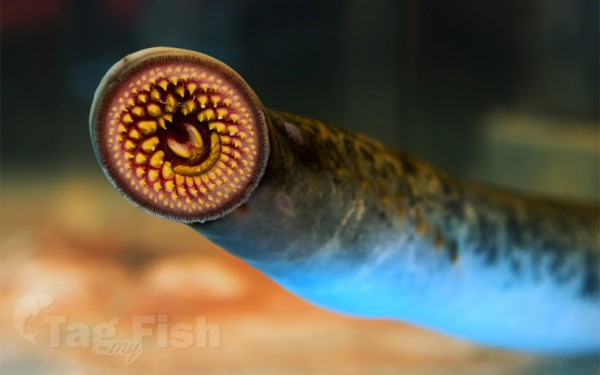Fish Species
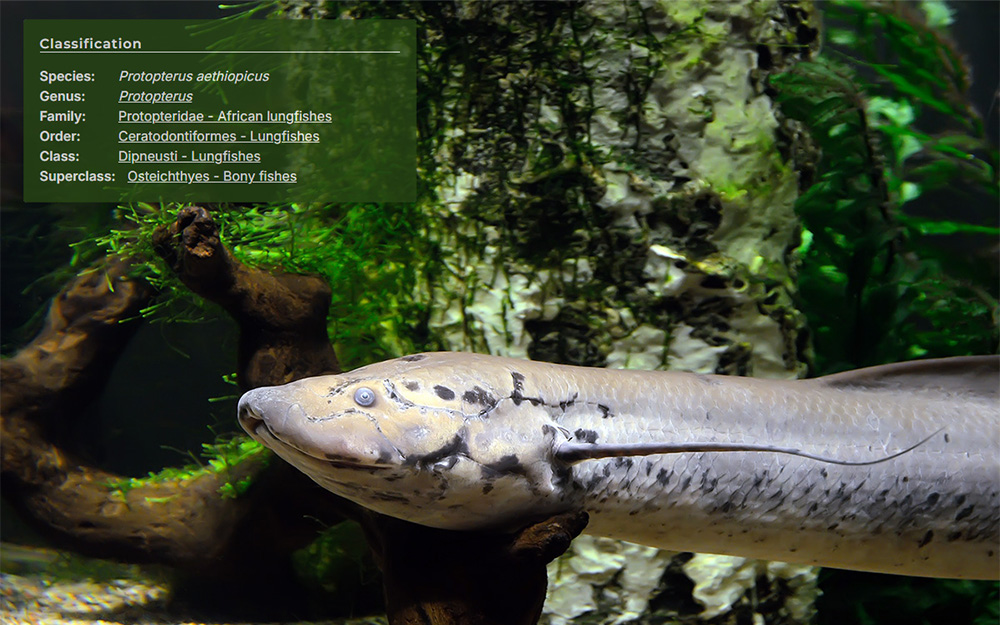
Fishes (Pisces) are vertebrates that live almost exclusively in water. They use fins to move and breathe with their gills. The spine can be cartilaginous or of bone tissue. There are over 33,100 species of fish in about 85 orders, making them the largest group of vertebrates. The oldest known fossils are 450 million years old. 51% of all fish species are found in freshwater, while the others are saltwater species. Fishes are typically divided into three groups: superclass Agnatha (Jawless fishes), class Chondrichthyes (Cartilaginous fishes), and superclass Osteichthyes (Bony fishes).
Superclass: Osteichthyes - Bony fishes
Bony fishes are a diverse taxonomic group of fish that have skeletons primarily composed of bone tissue. The vast majority of fishes are members of Osteichthyes, which is an extremely diverse and abundant group consisting of 45 orders, and over 435 families, and around 28,000 species. It is the largest class of vertebrates in existence today. The oldest known fossils of bony fish are about 420 million years old.
Classes
Superclass: Chondrichthyes - Cartilaginous fishes
Chondrichthyes is a superclass that contains the cartilaginous fishes that have skeletons primarily composed of cartilage. Chondrichthyes are jawed vertebrates with paired fins, paired nares, scales, and a heart with its chambers in series. The superclass has two classes: Elasmobranchii (sharks, rays, skates, and sawfish) and Holocephali (chimaeras). Approximately 940 species.
Classes
Superclass: Agnatha - Jawless fishes
Agnatha is a superclass of jawless fishes. They are the most primitive class of vertebrates because they do not have some of the other vertebrates characteristics: they do not have jaws (so their mouth is constantly open and round), they do not have vertebrae, they do not have paired limbs... The oldest fossil agnathans appeared in the Cambrian. Two groups of these ancient fishes still survive today: the lampreys and the hagfish, comprising about 120 species in total.
